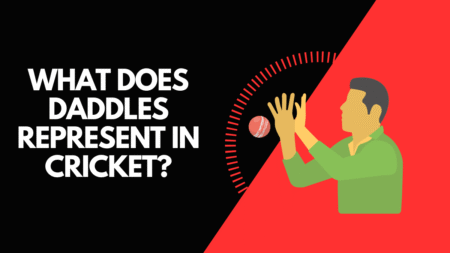

Sports betting has evolved from smoky back rooms to mainstream entertainment, with millions of Americans now placing legal wagers on their favorite teams. If you’re new to this world, understanding betting lines and spreads is crucial for making informed decisions. This guide will break down the fundamentals in simple terms.
What Are Betting Lines?
Betting lines are the odds and numbers that sportsbooks use to handicap games and determine payouts. They represent the sportsbook’s assessment of how a game will unfold, serving as both a prediction tool and a way to balance betting action on both sides. Think of them as the price tags for different betting options.
Understanding Point Spreads
The point spread is the most popular betting format in American sports, particularly football and basketball. It’s designed to level the playing field between teams of different skill levels.
When you see a line like “Chiefs -7.5 vs. Broncos +7.5,” the Chiefs are favored to win by 7.5 points. The negative number indicates the favorite, while the positive number shows the underdog. To win a bet on the Chiefs, they must win by 8 or more points. Conversely, a Broncos bet wins if they lose by 7 or fewer points, or win outright.
The half-point (.5) eliminates the possibility of a tie, known as a “push” in betting terminology. This ensures every bet has a clear winner or loser.
Moneyline Betting
Moneyline bets are straightforward – you’re simply picking which team will win the game outright, regardless of the margin. The odds are expressed in positive and negative numbers. A team listed at -150 means you need to bet $150 to win $100, while a team at +130 means a $100 bet would win $130.
Favorites have negative odds because they’re more likely to win, offering smaller payouts. Underdogs carry positive odds, providing larger potential returns to compensate for their lower probability of winning.
The Over/Under (Total)
Also called the “total,” this bet focuses on the combined score of both teams. Sportsbooks set a number, and you bet whether the actual total will be over or under that amount. For example, if a basketball game has a total of 215.5, you’re betting on whether both teams will score more or fewer than 215.5 points combined.
How Odds Work
American odds use the +/- system. Negative odds show how much you need to bet to win $100, while positive odds indicate how much you’d win on a $100 bet. For example:
- -110 means bet $110 to win $100
- +200 means bet $100 to win $200
The standard betting line is -110, meaning you risk $110 to win $100. This built-in commission, called “juice” or “vig,” is how sportsbooks make their profit.
Reading the Board
A typical betting line might look like this: Lakers -6.5 (-110) vs. Warriors +6.5 (-110) O/U 225.5
This means the Lakers are 6.5-point favorites, both spread bets pay -110 odds, and the over/under is set at 225.5 points.
Key Tips for Beginners
Start small while learning the ropes. Set a budget and stick to it – never bet money you can’t afford to lose. Shop around different sportsbooks for the best lines, as odds can vary significantly between operators.
Understanding that sportsbooks aim to balance action, not necessarily predict outcomes, is crucial. Lines move based on betting patterns and news, creating opportunities for sharp bettors.
Remember that successful sports betting requires patience, discipline, and continuous learning. No one wins every bet, but understanding lines and spreads gives you the foundation to make more informed decisions in your betting journey.








